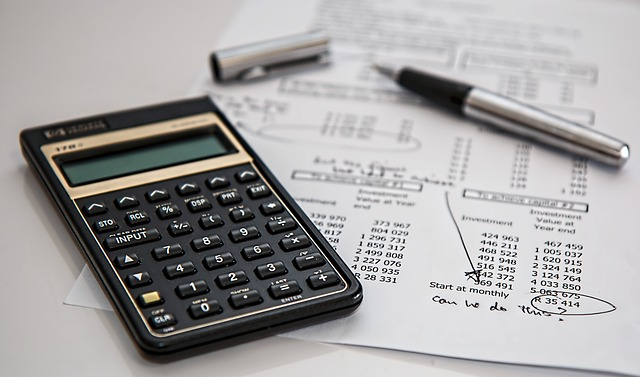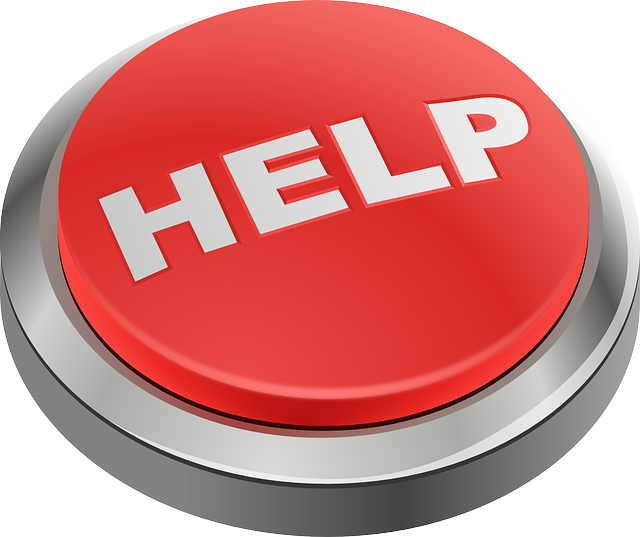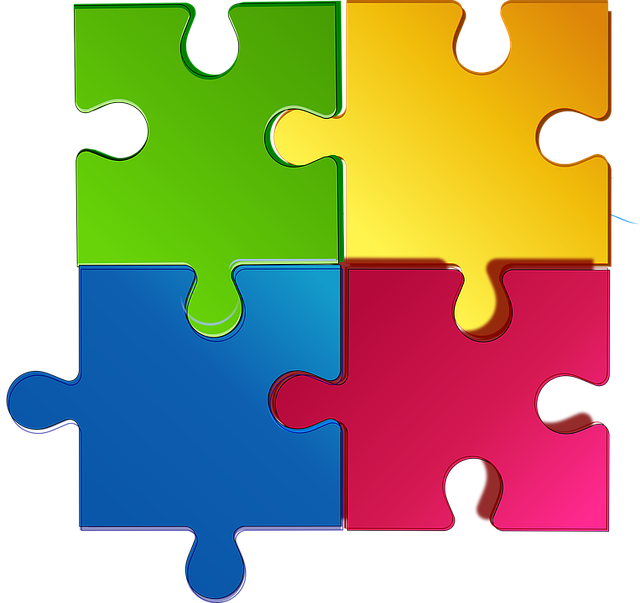
When disaster strikes, will your finances stand strong, or will they crumble like a house of cards?
It's not a question of if, it's a question of when. Emergencies don't wait for you to be ready; they barge in unannounced and demand immediate attention.
But here's the good news – you can harness the power of planning and foresight to build a financial fallback as sturdy as a fortress.
This is the essence of the emergency fund – your shield against the financial follies that life may throw your way.
In this guide, we won't just preach the gospel of emergency funds; we'll walk you through determining exactly how big your safety net should be.
We'll lay out every step to calculate the exact number that promises to provide enough to keep you afloat.
From discussing the purpose of an emergency fund to diving deep into the benefits and foolproof strategies for making one, welcome to a roadmap that leads to financial security and peace of mind.
Understanding the Concept of an Emergency Fund

An emergency fund isn't just another savings account or pot for a an emergency fund depends on'what if' occasion.
It’s the financial foundation on which your future rests. This is your ready-to-use cash reservoir set aside to cover life's unpredictable and unexpected expenses.
However, Let's define emergencies with clarity and a sense of purpose to avoid terming every expense an emergency simply because you have an emergency fund.
An emergency constitutes a sudden medical situation, a job loss, or even urgent repairs needed for your home or car. These situations often require immediate attention and can come with hefty price tags.
And having an emergency fund allows you to handle these expenses without draining your regular bank account or relying on credit cards: Making an emergency fund crucial for your financial security and stability.
Therefore, define what truly constitutes an emergency based on your personal finance present situation to better utilize these funds.
A good rule of thumb: An every medical emergency,if not met, considerably affects your day to day way of life.
Emergency Savings: The Fundamentals of Your Financial Bunker

An emergency fund serves as the ultimate safety cushion to weather unexpected storms.
It is money stashed in a money market account that has months worth of expenses. This makes it immediately accessible when disaster strikes.
Essentially, it’s insurance without the premiums for you to cash in during troubled times.
Unpacking Where the Fund Fits In
You might wonder, "Do I even need an emergency fund?" The answer is YES, and that’s a resounding yes with capital letters.
Unlike your retirement fund or college savings, which are dedicated to specific long-term financial goals, an emergency fund is your universal soldier. Ready for any critical mission ,be it health care or financial obligations life may throw at you.
He’s ready to fight for you.
Sizing Up the Unforeseen: Factors to Consider
Your edge in financial foresight lies in tailoring your fund to cater to your personal situation.
Variables like your living expenses, debt obligations, personal loans, rent or mortgage payments, savings goals, and even medical history significantly dictate the sum you should stash.
The devil lives in the details, dig them all up because we’re about to get nerdy.
How Much Emergency Fund Should I Have?

Sudden automobile repair, health emergency or loss of job may cause unexpected debt.
It is difficult to determine the cost of emergencies. However, a three to six month worth of savings budget is a reasonable goal.
At first glance, the amount might seem insufficient. But being able to cover a sudden $500 emergency bill in cash, without resorting to credit card debt, plays a crucial role in staying on track towards financial independence.
Calculate Your Monthly Expenses
Determine your emergency fund size through monthly expense analysis.
This includes payments to the renter or the mortgage, utility payments, grocery shopping, transport, insurance premiums, and recurring bills.
Add these numbers up and multiply it with how many months the emergency fund should cover.
For example, if you're gonna spend $2,500 monthly, you’ll need $15,000 on the six month emergency savings fund.
A good starting point: At least three months' worth of expenses
This numbers may look huge depending on your present situation. However, these is a marathon, not a splint.
Investing in emergency funds helps you save money for a short amount of time to keep you safe when the unexpected happens.
Should you notice a decline in your earnings, it's crucial to evaluate this figure on an annual basis. Additionally, if your emergency expenses exceed what you can cover in a single month, develop a new savings plan to hit your savings target again
How can you determine your monthly spending? Carefully review your financial statements from the past three months. Calculate the average expenditure for each category and use that as your benchmark. From there, proceed to adjust your budget accordingly.
When you're close to retirement: More than one year's worth of expenses
Experts recommend setting aside an emergency fund equivalent to six to twelve months' worth of expenditures.
This fund should comprehensively cover all living expenses, not just the basics, ensuring financial security when needed.
However, according to Schlesinger, retirees, in particular, should be mindful of their funds' value to mitigate losses during economic downturns and recessions.
Therefore, its feasible to increasing their emergency reserve to cover an entire year's expenses. This is because replenishing this emergency fund how muchmay not be as straightforward as making a single deposit.
Let's Crunch the Numbers: A Step-By-Step Guide

After recognizing the importance of having funds set aside for home repairs, living expenses, and other emergencies, the crucial next step is to determine the precise amount you need in your emergency fund.
It's time to move from guesswork to exact calculations. Here's how to do it.
First, we'll identify all your mandatory monthly expenses, sparing no bill. From your two mortgage payments, medical bill, to your Netflix subscription. Leave no stone unturned.
Then, we calculate and sum the value of these expenses to determine the size of your financial fortress.Finally, we consider regular monthly deposits and a plan to raise funds for potential unexpected costs.
Benefits of Having a Sufficient Emergency Fund
So, you've managed to save three to six months' worth of expenses—a significant milestone in your financial safety net.
But beyond the intangible peace of mind, what tangible benefits does an emergency fund offer? Let's delve into the multiple layers of protection provided by having an emergency fund.
A Guarded Fort: The Security It Offers
For once, sleep like a baby in the knowledge that not even the most menacing of life’s curveballs can catch you off guard.
Your emergency fund isn’t just about the numbers; it’s about the calm assurance that you’ve thought of everything.
The Stress-Proof Vessel: Emotional Well-Being
An emergency fund or liquid account does more than just being a financial safety net; it also guards your mental health.
Financial stress is a formidable opponent, but having a secure savings or checking account allows you to face it with confidence. This way, you triumph in a daily struggle that many silently endure.
Tips for Building and Maintaining Your Emergency Fund

Now that the quantity of your emergency savings fund is clear, it’s time for the quality view.
How do you ensure your emergency fund is robust, growing, and there when you need it, standing tall and ready?
Saving Like a Pro: Strategies to Build Your Fund
We’re not talking about your run-of-the-mill savings routine.
1. Open a high-yield savings accounts
Placing your emergency fund in a high-yield savings account, which offers returns higher than those of a typical bank savings account, can help you outpace inflation. This savings strategy alsoensures that your savings maintain their value over time, alleviating concerns about losing purchasing power due to inflation.
2. Set a goal and make it a priority.
To build and maintain your emergency fund, set a specific savings goal. This could be an amount that would cover three to six months worth of living expenses,expenses, or even more depending on your personal situation.
Make this goal a priority by committing to saving regularly, even if it means cutting back on unnecessary expenses.
2. Create a budget and stick to it.
To save money effectively, it's crucial to have a clear understanding of your spending. Begin by creating a budget that details all your expenses, including essentials like rent or mortgage and utilities, as well as groceries.
Next, identify areas where you can reduce spending, such as by dining out less frequently or cancelling unused subscription services. Then channel those funds to growing your emergency fund.
3. Pay yourself first.
It's easy to get caught up in paying bills and covering expenses, but it's important to prioritize saving for your future self as well. This can be done by setting up automatic transfers from your checking account into a savings or investment account. By treating your savings like a bill that must be paid each month, you are more likely to stick to your savings goals.
4. Avoid getting in Debt.
Debt can rapidly spin out of control. This impeds your future savings capability therefore, It's crucial to avoid accumulating substantial debt, particularly those with high interest rates.
Should you already have debt, strive to settle it promptly, starting with loans bearing the highest interest. Craft a budget and curb non-essential expenditures to liberate additional resources for debt repayment, streamlining your financial health.
5. Increase your earning capabilities
Reducing expenses is a practical approach to saving money; however, proactively seeking ways to augment your income can be significantly beneficial.
This might include pursuing a side hustle, negotiating a raise at your current job, or leveraging a hobby or skill into a profitable venture.
6. Use Windfalls Wisely
Unexpected financial windfalls, such as bonuses or tax refunds, can provide a boost in building your emergency fund.
Resist the temptation to splurge on unnecessary purchases and instead put these windfalls towards building your emergency fund and debt repayment. This will help accelerate your progress.
Best Practices
Assembling Your Defense Team: Budgeting and Saving

There's no financial shortcut that can replace the effectiveness of solid budgeting practices and a clear savings objective, especially when it comes to building your emergency fund.
We explored practical budgeting strategies and achievable savings targets that allow you to save money effectively without compromising your lifestyle here.
Set up automatic transfers
The objective is to minimize obstacles on your path to achieving your goals. Automating your transfers simplifies managing your savings account effortlessly.
Look for a savings account feature that enables daily and weekly transfers between accounts. Numerous banks provide automated transfers, allowing you to set specific targets and track their progress. After establishing a safety net, you can then focus on saving for future aspirations.
Set a goal
You have to figure out how much cash you need to have to save for emergencies. Keep it realistic and work your way backwards towards achieving it.
This will enable you to visualise the desired outcome hence enabling you to break it down to sizeable bits which are easily achievable hence contributing to your motivation.
What to do after you’ve built an emergency fund

So your emergency funds goal is met. Packed in a secured and easily accessible account. Then it's not necessary to add it every time!
Proceed to your next objective, be it saving for a vacation, retirement, or college education. Start with the confidence that comes from being prepared to handle any emergency that may arise.
Conclusion
Your journey to financial stability and resilience doesn’t end here. The calculator’s result is just the beginning.
So let's not wait for a knock on the financial door of life to remind us of the power of preparedness. It’s time to wield this knowledge, calculate your fund with precision, and build a defense system against financial situation of the unknown.
Remember, there’s no such thing as too prepared, but there is such a thing as too late. Start saving today, and never fear those financial storm clouds again.



0 Comments